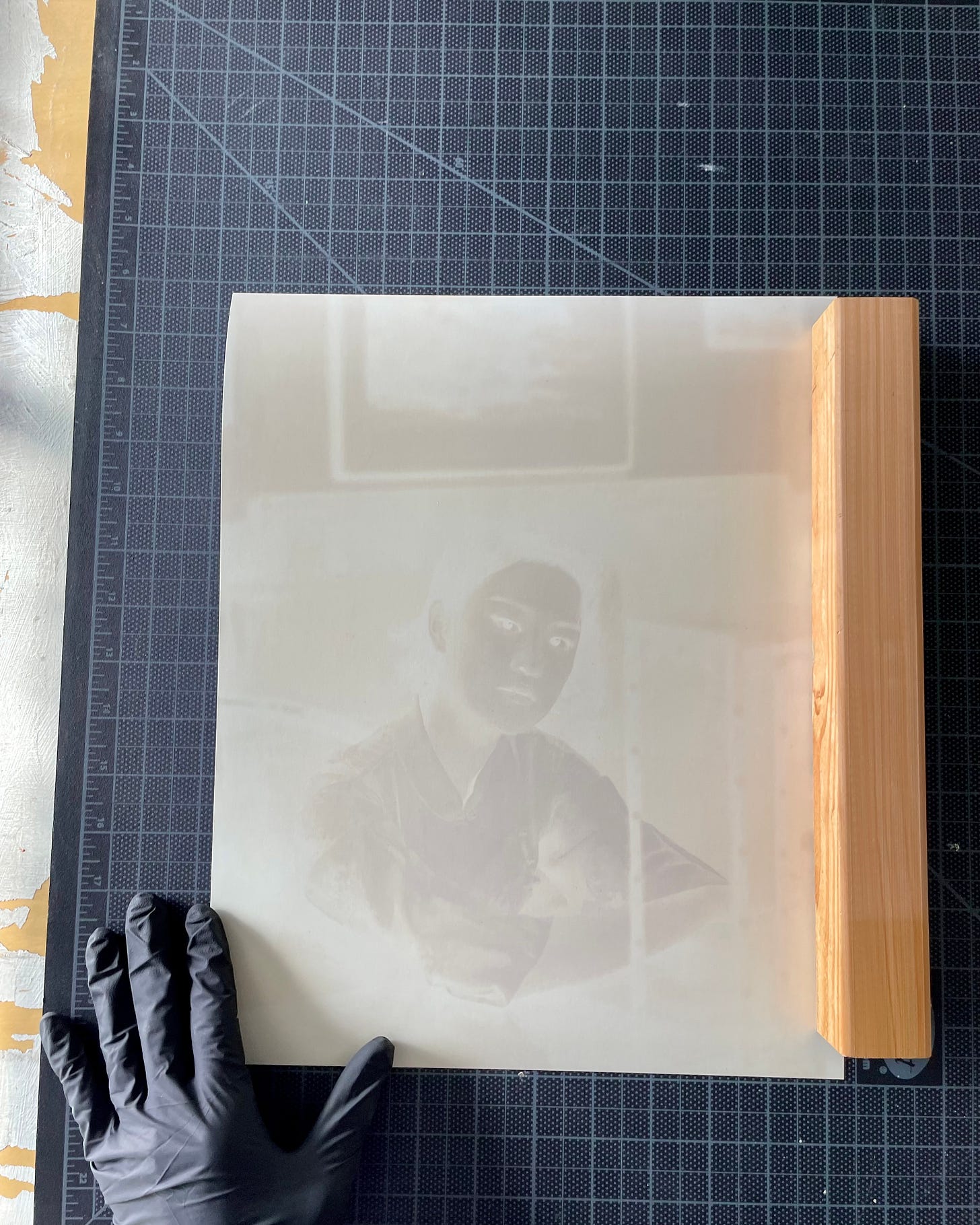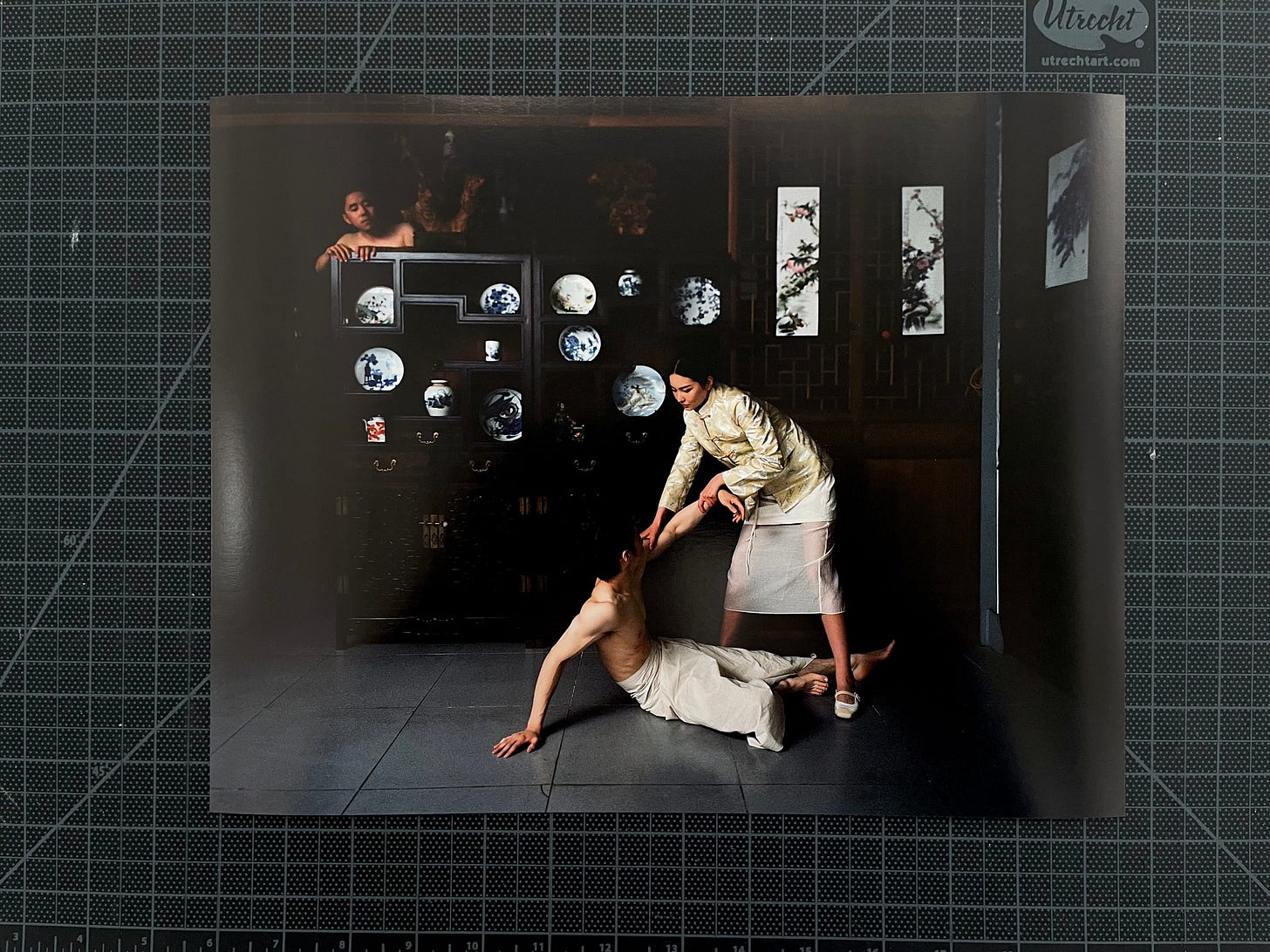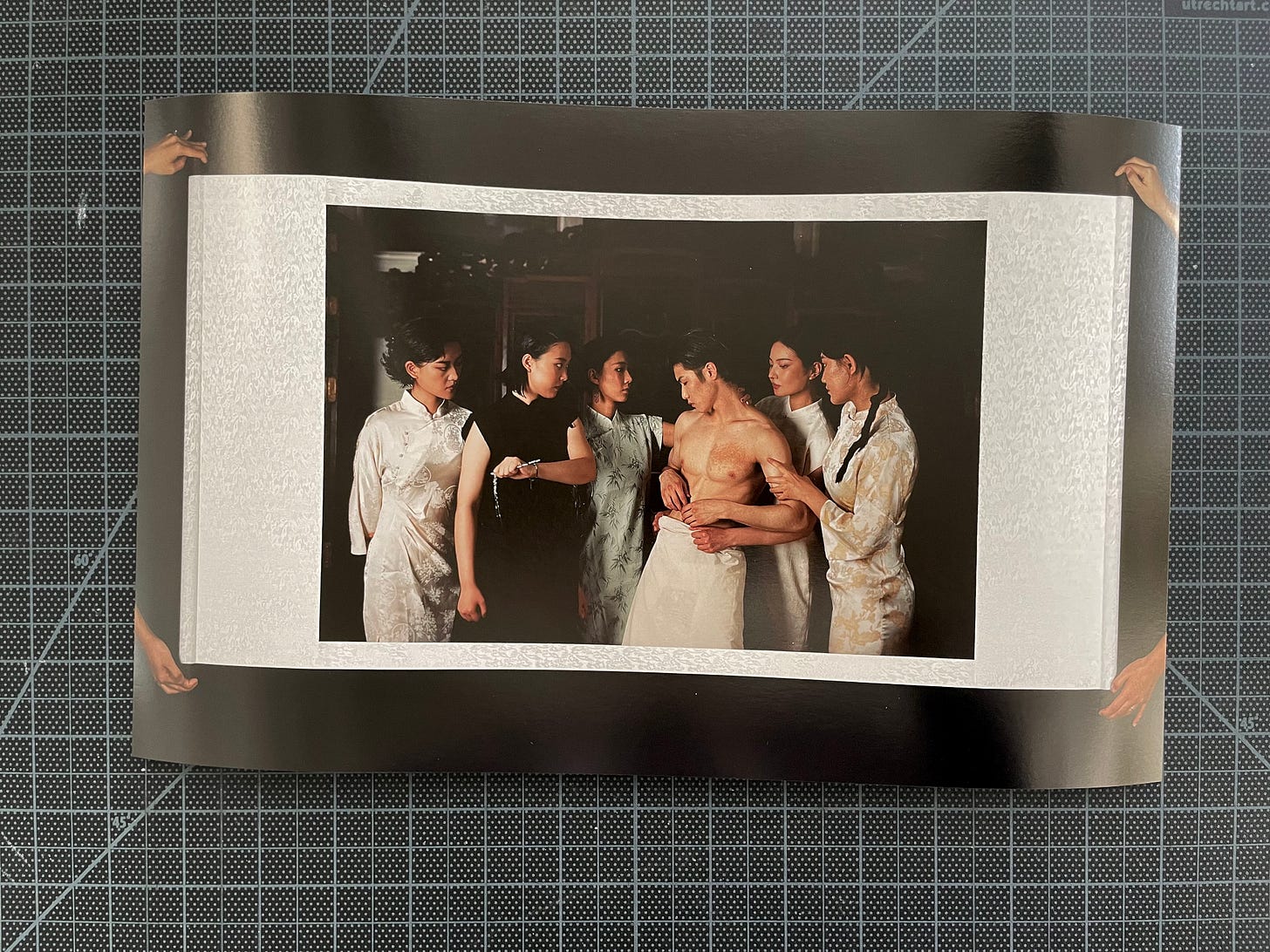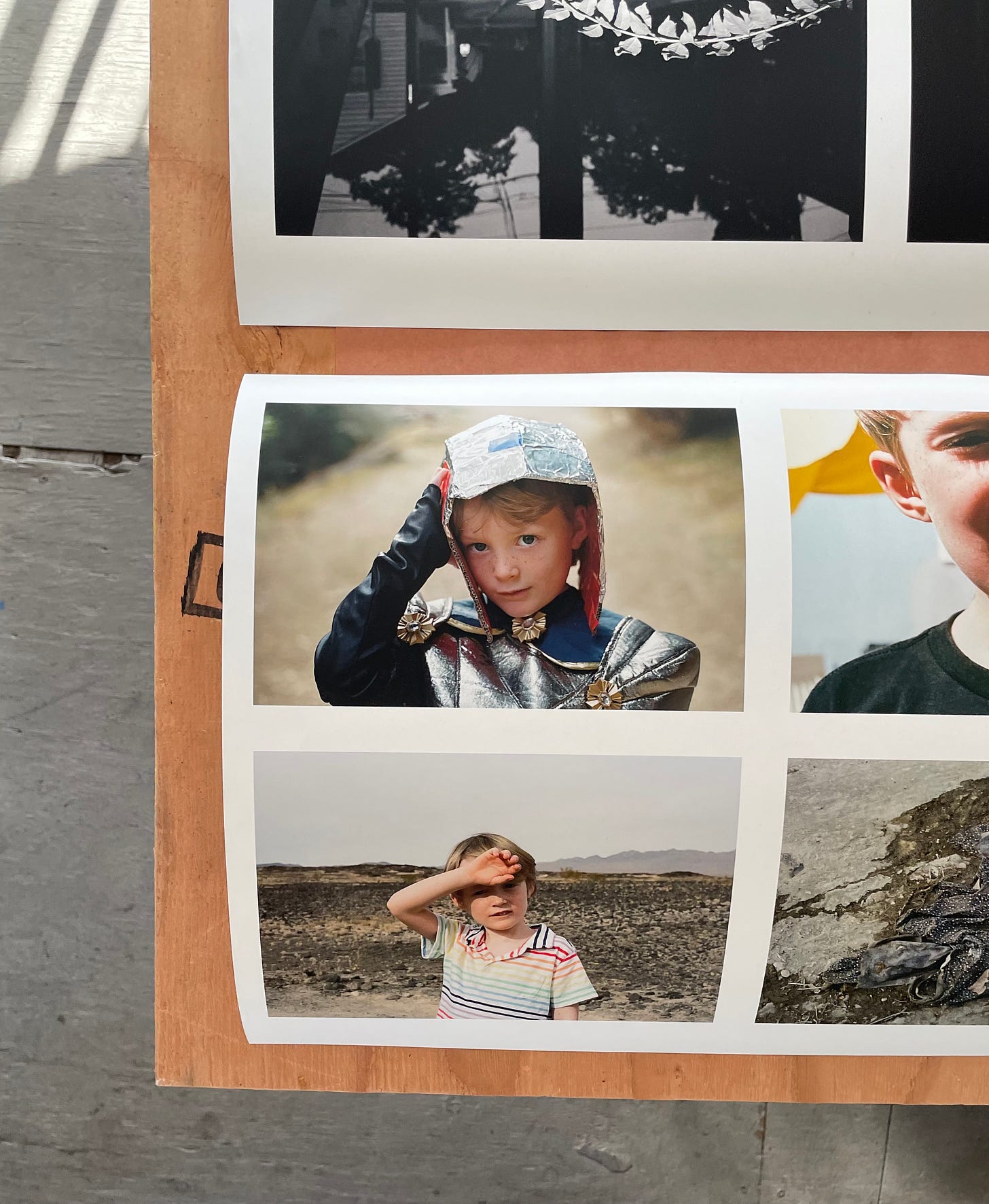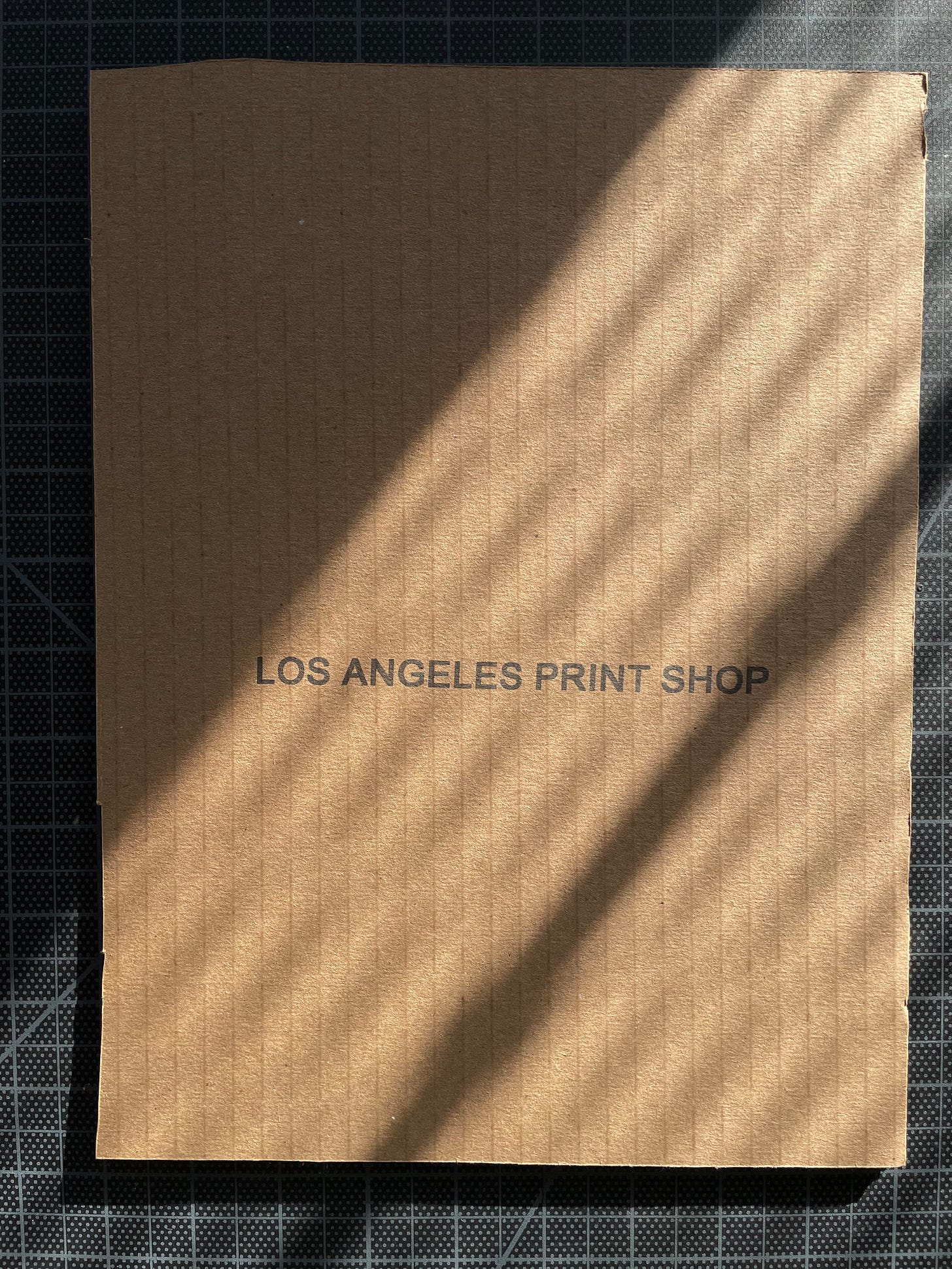Stay on it
On striving for art as collective liberation and no less, prize the human recommendations, and the ongoing astonishment of mechanical reproduction.
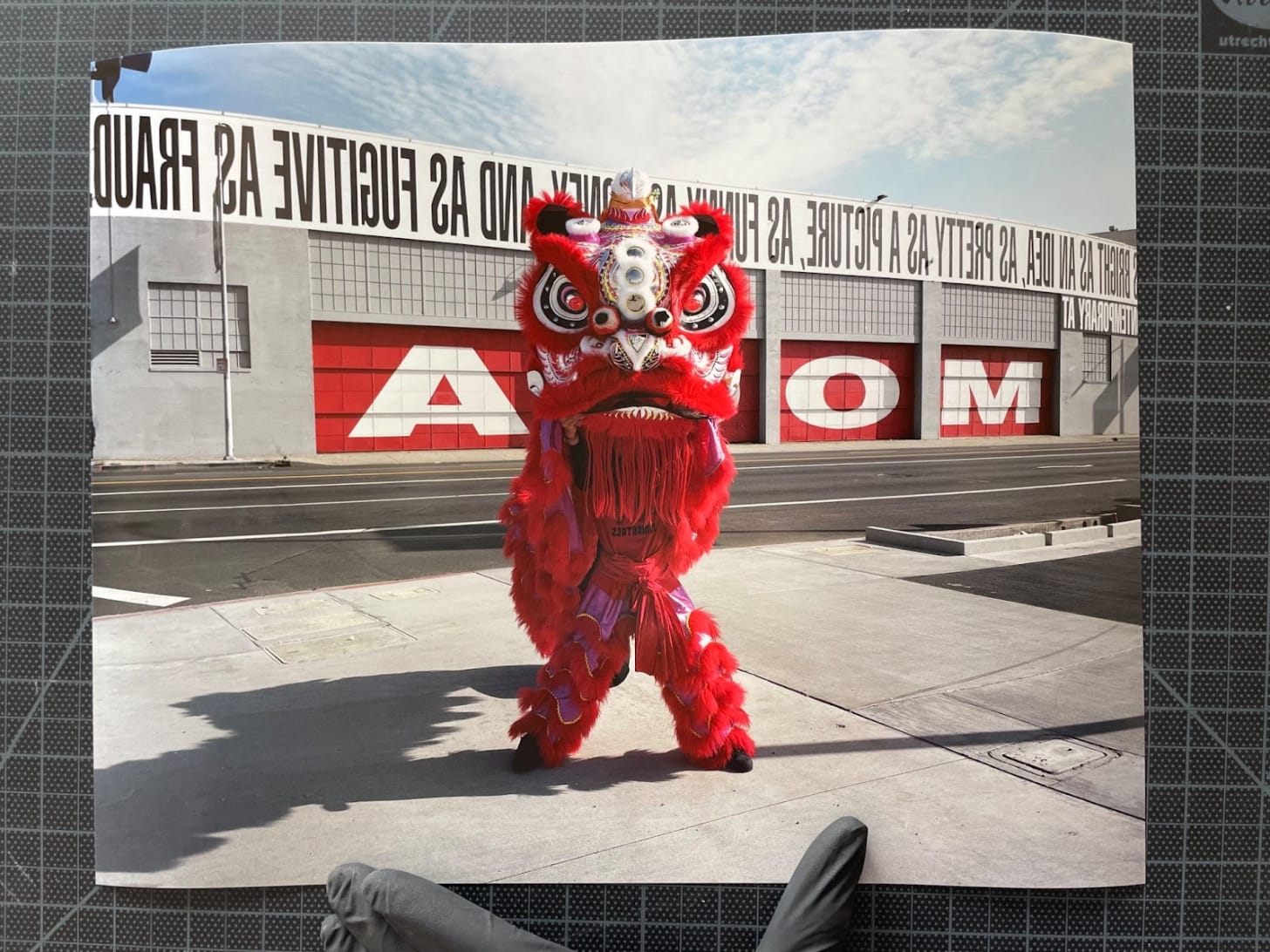
It’s the last day of the month, which for us means it’s nachos and newsletter night — a chance to talk about the print shop, about art, about the people we’re making art with and for, about the world ending while we’re living. Here are moments when art and people feel so giving, that we forget about anything else.
Like when this month we printed a series of photos for Zoe Liu for an exhibition they had coming up but no longer had their photos — they had lost them when their studio had burned down last month. Zoe and I had a lot in common, a frustration with the institutions around, that attempt to set the tone for what “art” is or should be. Printing Zoe’s work left me thinking about all of the things I want my photography to say and all the ideas I want to say and is art the right place for that? How do I keep true to my actual interests and not stray based off what I think others want to see?
Thank you to everyone who donated to the pay-what-you-can fund to support reprinting art lost in the fires and to support artists all the time. Know that the prints you funded are hanging in crit spaces this weekend, are already shipped to galleries, exist out in the world. Want to contribute? You can donate here.
And in the Print Shop our crew is us plus Emilía and Justin, both artists and technicians who saw what we’ve been doing at the Print Shop and said they wanted to be involved, giving their expertise and time to reprint what burned and print what’s yet to come. They are so good. There have been so many moments where I look up and take stock that there are people here that’s not just us, skilled artist working the tools and manipulating machines and paper to produce art. Our gratitude is impossible to articulate. Have you ever felt, “How fucking lucky am I?” That’s what we’re feeling now.
Joshua Simpson came to us this month, and amongst the many things we printed we were so grateful to also get to print his new work. Joshua talked about his concerns about what our planet and world will be like in the future for his kids and the anxiety behind it, and how that intensified after the fires destroyed their home.
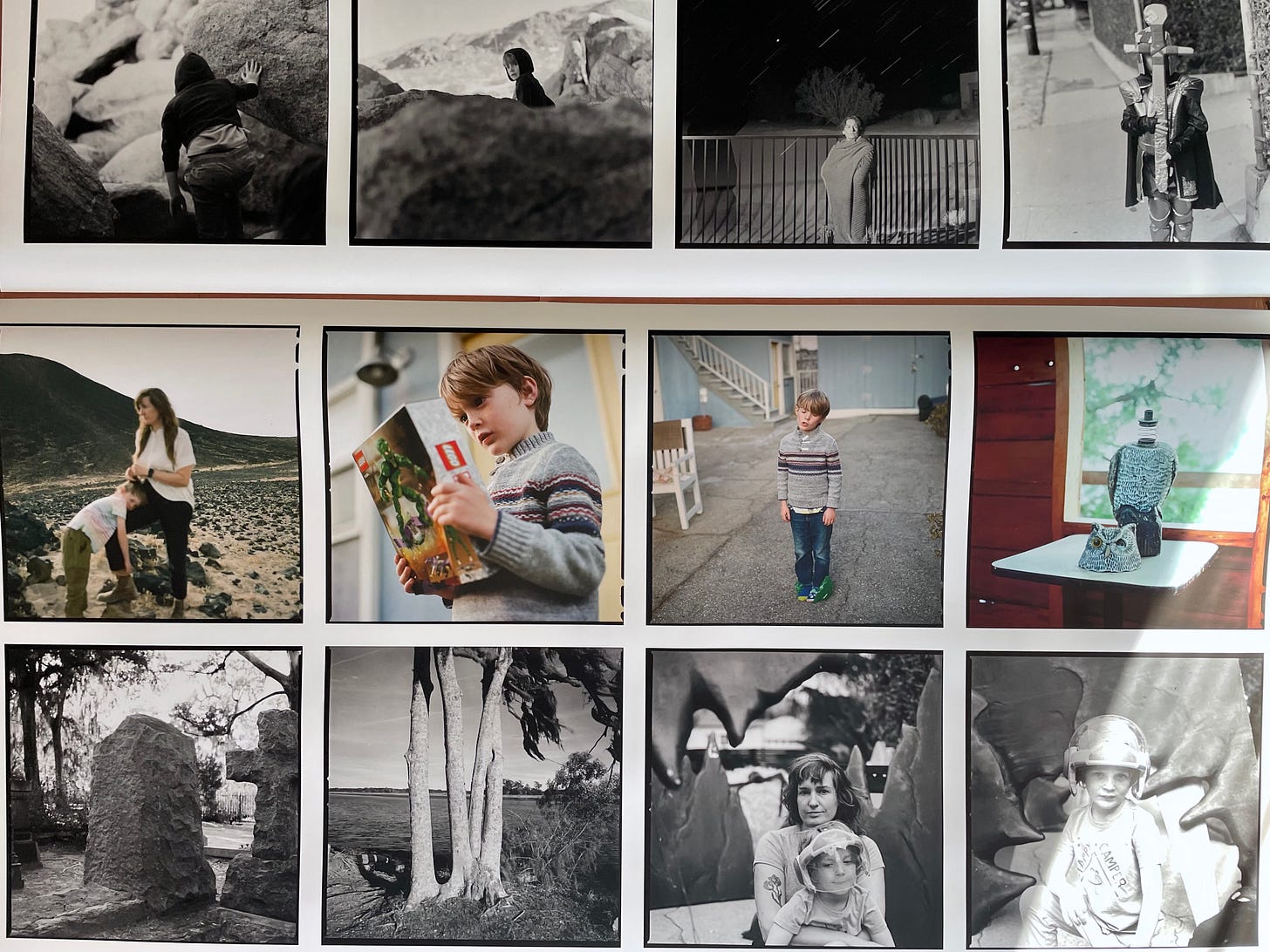
His art, our conversation, the book of photographs he left with us, that I took back home and looked at with my kid page by page — I remember a hunger to make art, a pillowy landing zone to fuck up, more prepared for the boulders to come rolling.
There’s a writer who also has her first book coming out this year, Emma Pattee, (her book is Tilt) wrote this essay on asking and answering similar questions. Emma cold-emailed a bunch of writers who are all debuting this year and they’ve been meeting once a month as they go through it, each of them, Andy included, on their own variant. Emma’s book, her essay, even the support cohort all point to the ways we try to prepare ourselves for an unknown future. You know our answer is so deeply, deeply, deeply: art. But we all do what we can, each of us with our own tackle box.
I think often about the third slide in this saul williams post: "Collective liberation is the high point of any great song, film or movement. Strive for nothing less."
I am of course tempted by theory and history and art’s ability to say more than what other ways of communication can say. Then just a day ago I saw this post by David Horvitz which says it all so simply.
We’ve had Julius Eastman playing at home, in particular Femenine, the version that’s a single one hour track. It builds and builds. It takes some turns, flourishes. The bass deep, so deep it almost didn’t seem like it was coming from the same song, it rumbled the shelf the speaker sits on. And the song always returns back. In many ways, Julius had not gotten fully recognized for his compositions. He died in a hospital in Buffalo of cardiac arrest (but was probably HIV/AIDS). We come to him now, much later. And only because we are printing archival material and notes and compositions — some that has never been exhibited before — for an exhibition at REDCAT next month. More on that then, but it is special to see pencil marks and cross outs and notes, all reminders that it is not always easy to make art and to make it make sense to others and that it takes work.
And we watched Eyimofe (This Is My Desire) directed by Arie Esiri and Chuko Esiri recommended by Ayo Edebiri who said she watched it three times in the theater, including with her dad who said he liked it, a huge, huge review from him. The film made us want to roll everything out into the road and watch it all go down the hill. It made us want to watch more. It made us want to follow through on every human recommendation we’ve ever gotten to read, watch, listen. The film is in two halves and we paused at the start of the second because it was so daring to just stop and change course. We needed to look at each other and ask if they really had done that, and they really had. It’s gorgeous and stunning.
If you want more Eastman, like we do, you might watch this by Wild Up, performing another Eastman composition. There is singing and screaming (which is singing) and a message to you from Eastman, from the musicians in that room, and from us. Stay on it.
At Los Angeles Print Shop we make meticulous fine art prints with a pay-what-you-can model.
If you’ve lost art and need it reprinted, or know someone who has, we’re here. You or they may not be ready yet and that’s okay. Take the time it takes. We are pay-what-you-can, even if that amount is zero. You might not have anything to print today, but want to contribute to the pay-what-you-can fund, you can donate here.
It’s also true for new art, art that hadn’t yet existed. We hope you make some. I know we want to see it, we always have, always will.





